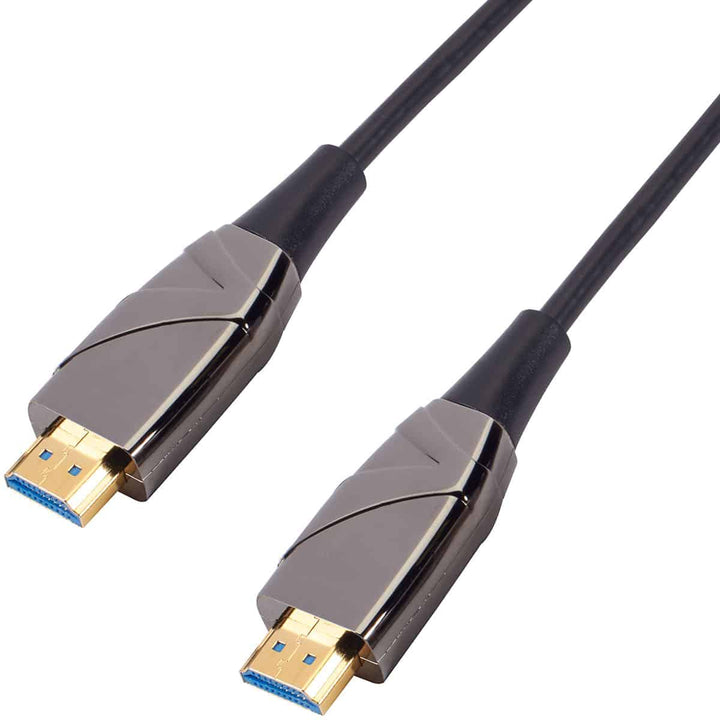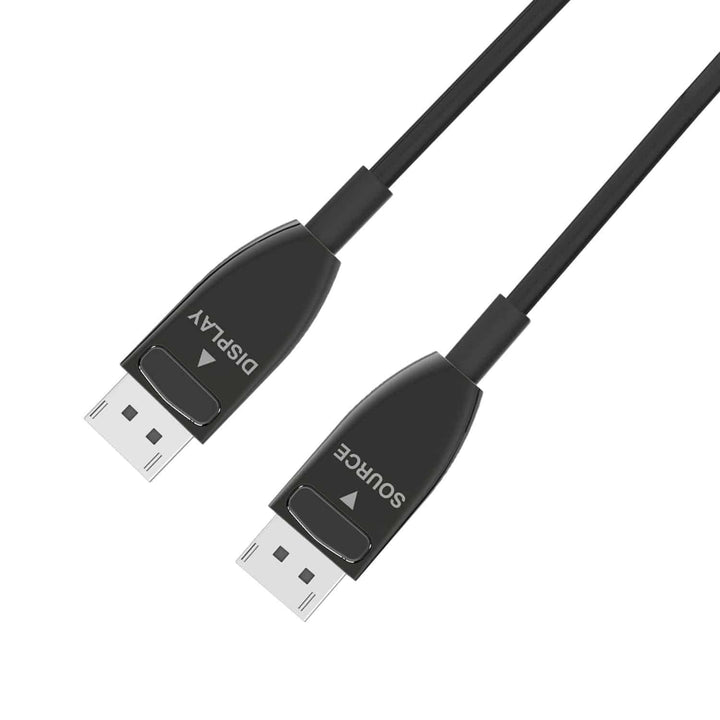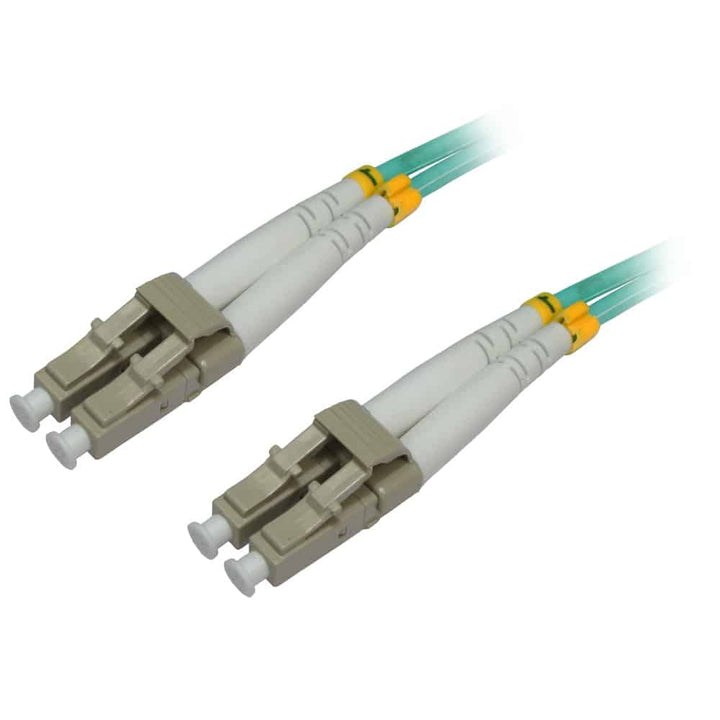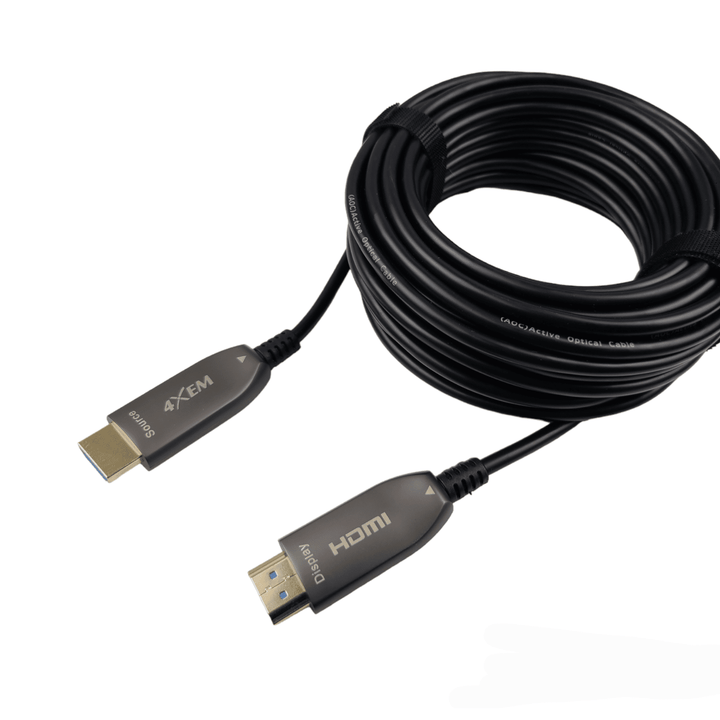Benefits of Fiber Optic Cables

When deciding between a copper or fiber optic cable, the differences may not be apparent to the naked eye; they both perform the same job (communicating data between two devices) and look similar. While both types of cables are reliable, fiber optic ones do have a few distinctive benefits that copper can’t keep up with.
What Is Fiber Optic?
Before we jump into the benefits of fiber optics, let’s quickly go through what it is! Also known as optical fiber, it is a long, flexible strand of glass that can be used to transmit data efficiently using pulses of light rather than an electric voltage. One downside to fiber optic is that since it is glass, it is susceptible to breaking if it is bent beyond the standard threshold. Don’t let this scare you, though; fiber optic cables are still exceptionally durable and will only break in extreme cases.
Allows Data to Transfer Over a Longer Distance
If you are looking to invest in a longer cable, then a fiber optic option will be your best solution. Depending on what you will be using the cable for, a traditional copper wire may lose its effectiveness when they surpass 50 feet in length. A longer copper cable will have a transmitter somewhere in the middle to help boost the signal.
When it comes to copper wire, the effectiveness will depend on the type of resolution, frame rate and color depth you want to achieve. In general, if you want the maximum specifications, you will need to get a shorter cable.
You will not face this issue with a fiber optic HDMI cable. If the surrounding materials are up to standard, a fiber optic cable can be manufactured up to 300 feet without losing quality.
Will Not Be Affected by EMI
When a lot of electric cables are placed in the same area, there is a risk of cross-communication, which can cause interruption and a decline in quality. This is called electromagnetic interference. One of the biggest perks to fiber optic is that it does not emit any EMI and it cannot be affected by it either.
Weight
This may be a biased point but as a company that distributes cables every day, the weight between a traditional copper cable and a fiber optic one is substantial, especially when we get into the 100+ footers! Fiber optic cables can be wound tightly without going past the bend limit for easier storage.
Solve Your Cable Problems with 4XEM
At 4XEM, we supply high-quality fiber optic cables of all makes and sizes. Whether you are looking for a DisplayPort, HDMI, 4K, or 8K fiber optic cable, we have what you are looking for! We also offer high-quality and reliable traditional copper cables that will not drop in quality. Reach out to us by clicking on the chat bubble below or click the shop button to start browsing our selection of cables!
Featured 4XEM Products















